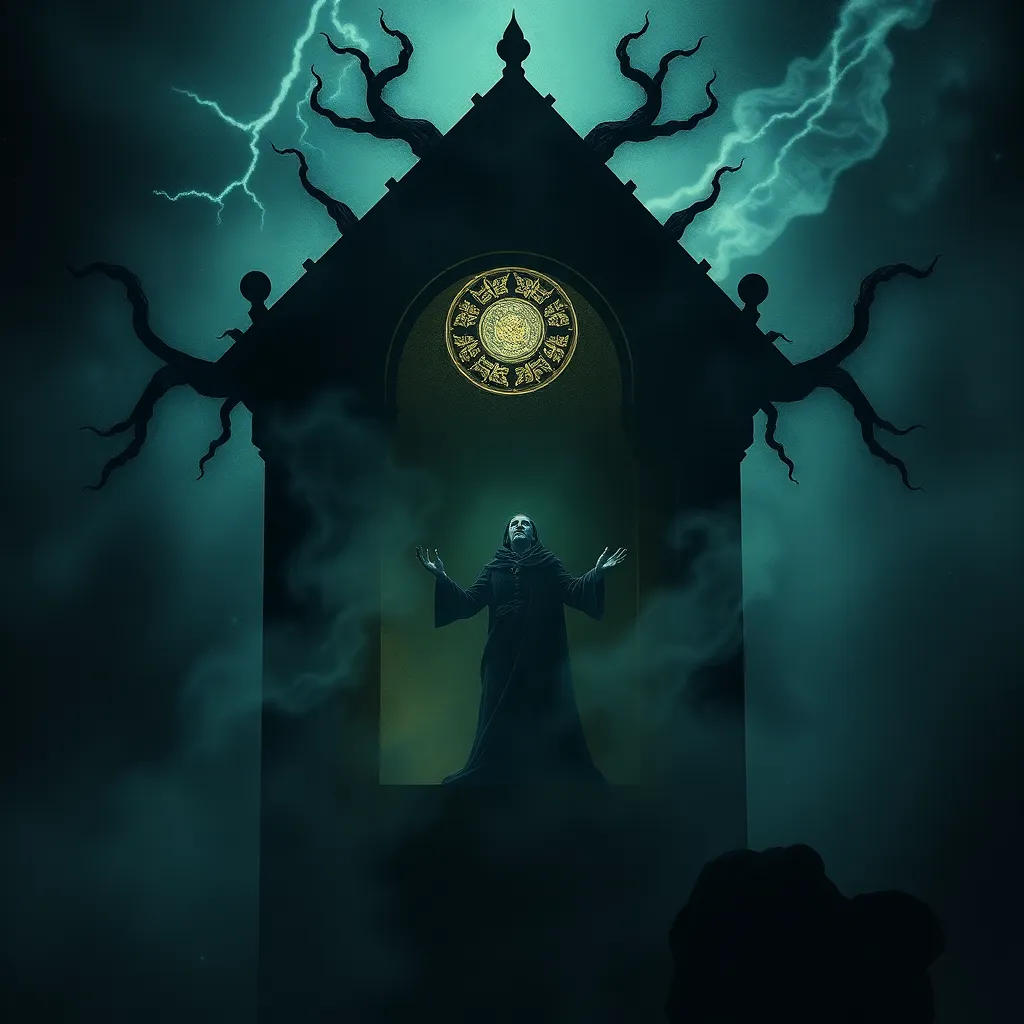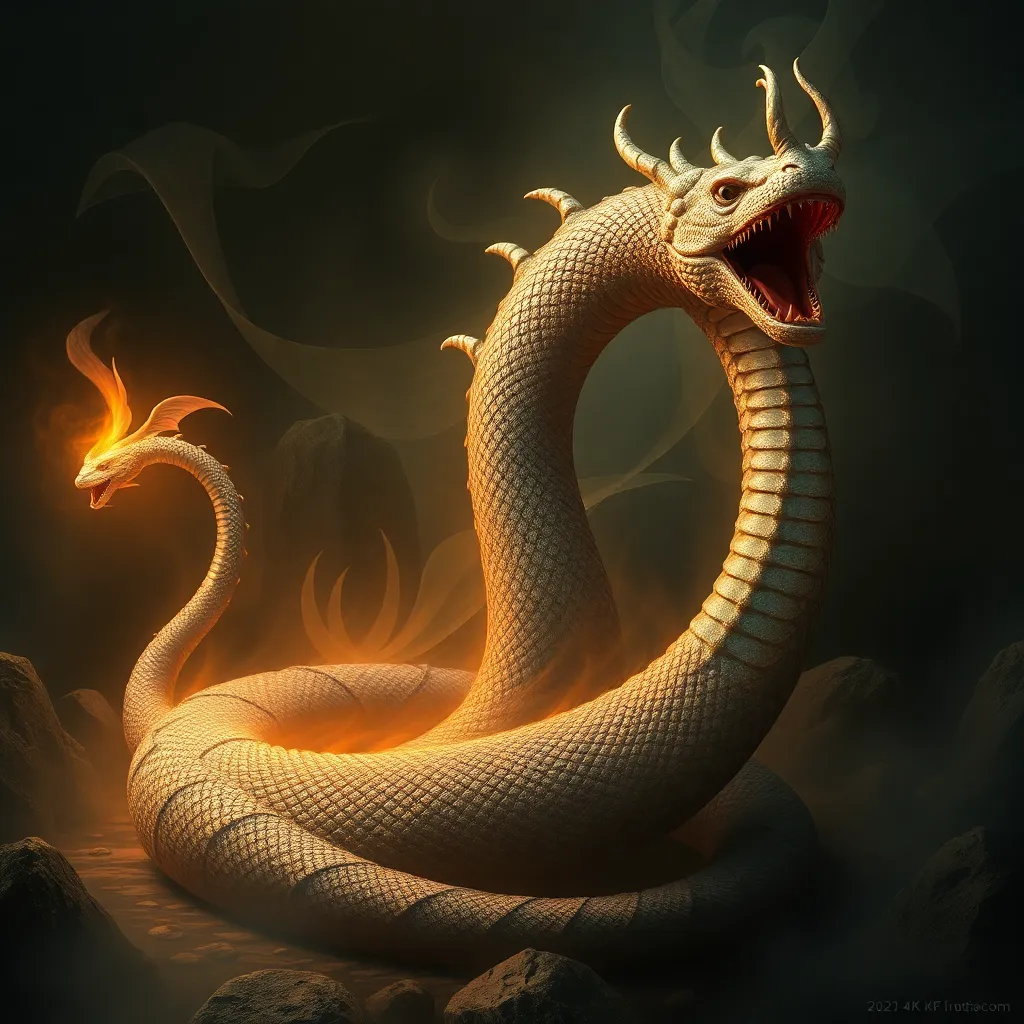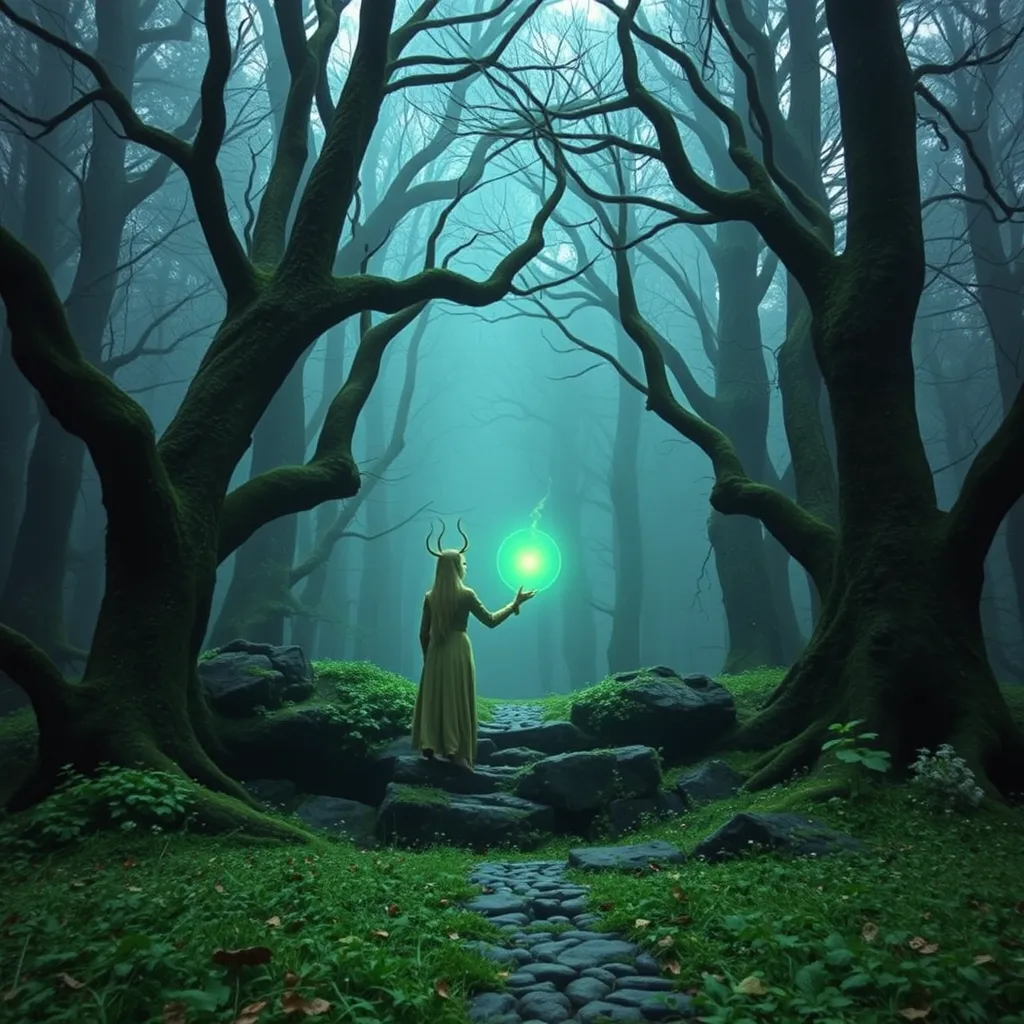The Dybbuk in Slavic Literature: A Window into the Slavic Psyche
I. Introduction
The Dybbuk is a fascinating figure rooted in Jewish folklore, often depicted as a restless spirit of a deceased person that possesses a living individual. Its haunting presence has transcended cultural boundaries, particularly influencing Slavic literature. Understanding the Dybbuk is essential for delving into the complexities of Slavic folklore and the psychological undercurrents that shape the Slavic psyche.
This article aims to explore the Dybbuk’s historical context, its representations in folklore and literature, psychological interpretations, and its relevance in modern culture. Through this exploration, we can gain deeper insights into the Slavic experience and its cultural narratives.
II. Historical Context of the Dybbuk
The origins of the Dybbuk can be traced back to Jewish mysticism and folklore, particularly from the Kabbalistic tradition. It is believed that the Dybbuk is a soul that has not found peace after death, often due to unfulfilled obligations or unresolved conflicts during their lifetime. This figure migrated into Slavic culture, particularly through Jewish communities in Eastern Europe.
Over time, the Dybbuk evolved in Slavic narratives, reflecting the cultural intersections between Jewish and Slavic traditions. The historical backdrop of Eastern Europe, marked by wars, persecutions, and migrations, has significantly shaped the representations of the Dybbuk in literature.
- Influence of World War II and the Holocaust on Dybbuk tales
- The impact of Soviet censorship and the diaspora on cultural narratives
- Regional variations in the portrayal of the Dybbuk
III. The Dybbuk in Folklore and Mythology
Common themes in Dybbuk tales often revolve around possession, the struggle between good and evil, and the quest for redemption. These stories serve as cautionary tales that reflect deep-seated cultural fears and moral dilemmas.
When compared to other supernatural entities in Slavic mythology—such as Rusalka, the vengeful spirit of a drowned woman, or Koschei, the immortal villain—the Dybbuk stands out due to its psychological depth and the personal nature of its haunting. The symbolism of the Dybbuk frequently represents:
- Unresolved grief and loss
- Communal trauma and memory
- The struggle for identity in the face of adversity
IV. Literary Representations of the Dybbuk
Key literary works featuring the Dybbuk include S. Ansky’s play “The Dybbuk,” which is perhaps the most renowned representation. This play explores themes of love, possession, and the clash between tradition and modernity. Other notable authors who have incorporated the Dybbuk into their narratives include:
- Isaac Bashevis Singer, who often explored the intersection of the spiritual and the mundane
- Bruno Schulz, whose works reflect the surreal aspects of the Dybbuk’s haunting
The Dybbuk serves as a pivotal character in these stories, often driving the plot through its possession of the living, challenging characters to confront their fears and desires. The impact of the Dybbuk on themes of love, loss, and redemption resonates deeply in Slavic literature.
V. Psychological Interpretations of the Dybbuk
The Dybbuk can be interpreted as a metaphor for mental illness and trauma, particularly reflecting the psychological effects of historical events such as persecution and displacement. The struggle between the living and the Dybbuk can symbolize the internal battles individuals face when grappling with their past.
Existential themes are prevalent in Dybbuk stories, often exploring questions of identity, belonging, and the nature of the self. The Dybbuk embodies:
- The fear of losing one’s identity
- The consequences of unresolved trauma
- The search for meaning in a chaotic world
In reflecting societal anxieties, the Dybbuk highlights the collective fears of cultural loss and the haunting presence of history in the lives of individuals.
VI. The Dybbuk in Modern Slavic Literature
Contemporary adaptations of the Dybbuk have emerged in various forms, from theater productions to modern novels and films. These reinterpretations often explore the Dybbuk’s relevance in today’s context, addressing themes such as globalization, migration, and the search for identity in a rapidly changing world.
The influence of the Dybbuk on modern literary trends is evident in genres such as magical realism and psychological horror, where the boundaries between reality and the supernatural blur. These narratives continue to resonate with audiences, as they grapple with personal and collective histories.
VII. Cross-Cultural Comparisons
The Dybbuk can be compared to similar figures in other cultures, such as the Japanese Yūrei or the Filipino Aswang. Each of these entities reflects cultural fears and societal issues within their respective contexts.
A comparative analysis reveals:
- Similarities in themes of possession and the unresolved dead
- Differences in narrative structures and cultural significance
- Insights into the universality of human fears regarding death and the afterlife
VIII. Conclusion
The study of the Dybbuk offers profound insights into the Slavic psyche, illuminating themes of trauma, identity, and the struggle between life and death. Its enduring legacy in literature and culture speaks to the power of storytelling in confronting historical and personal demons.
As we look to the future, further research into the Dybbuk can enrich our understanding of cultural narratives, addressing contemporary issues while acknowledging the past. The Dybbuk remains a vital part of Slavic literature, reminding us of the complexities of the human experience.



